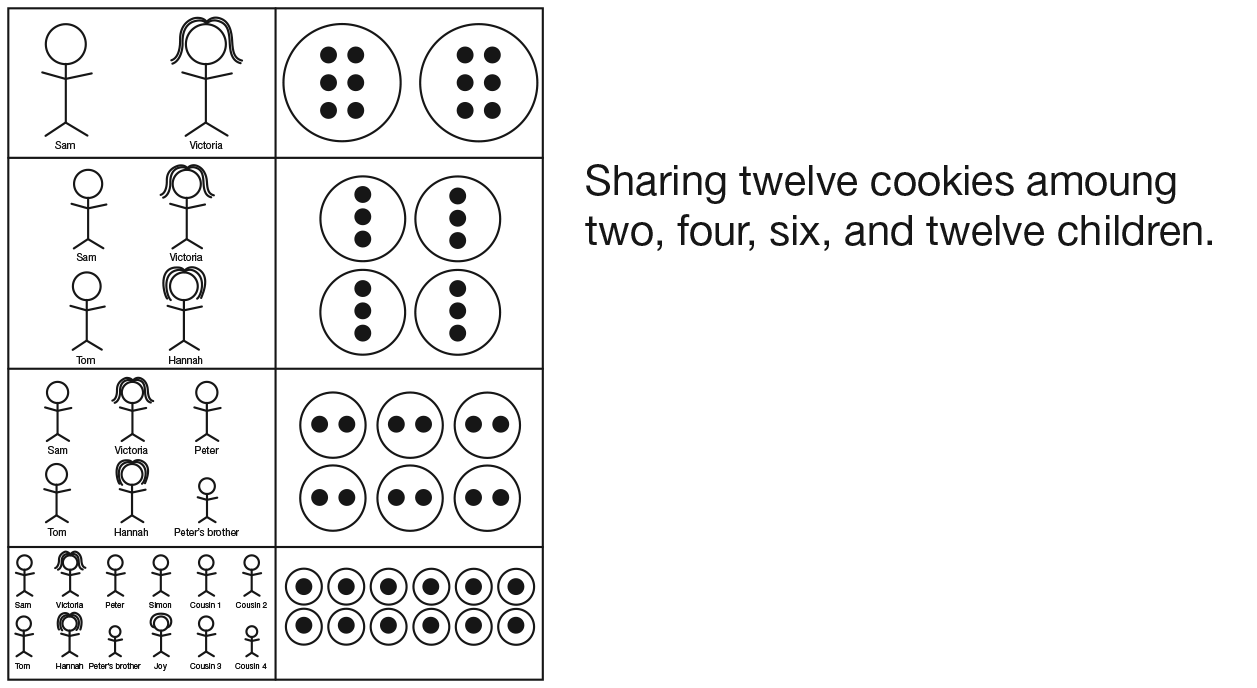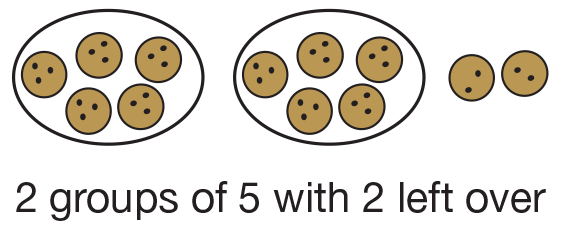Students listen to the story The Doorbell Rang by Pat Hutchins and explore the concept of division by partitioning numbers into fair shares with and without leftovers.
Content in this Lesson
- Reading and writing numbers to 20 [E3].
- Representing and identifying quantities using counters and pictures [E4].
- Connecting representations of quantities using counters, pictures, and
symbols [E5]. - Dividing a collection of objects into groups of a given size and counting the leftovers [E6].
- Composing and decomposing numbers to 20.
Daily Practice and Problems G–J
Assessment in this Lesson
| ASSESSMENT | EXPECTATION ASSESSED | MATH PRACTICES EXPECTATION ASSESSED |
|---|---|---|
|
Fair Shares Check-In: Question 3 with Feedback Box Student Activity Book Pages 101–102 |
|
|
|
DPP Item I Pennies and Nickels Teacher Guide - digital |
|
















